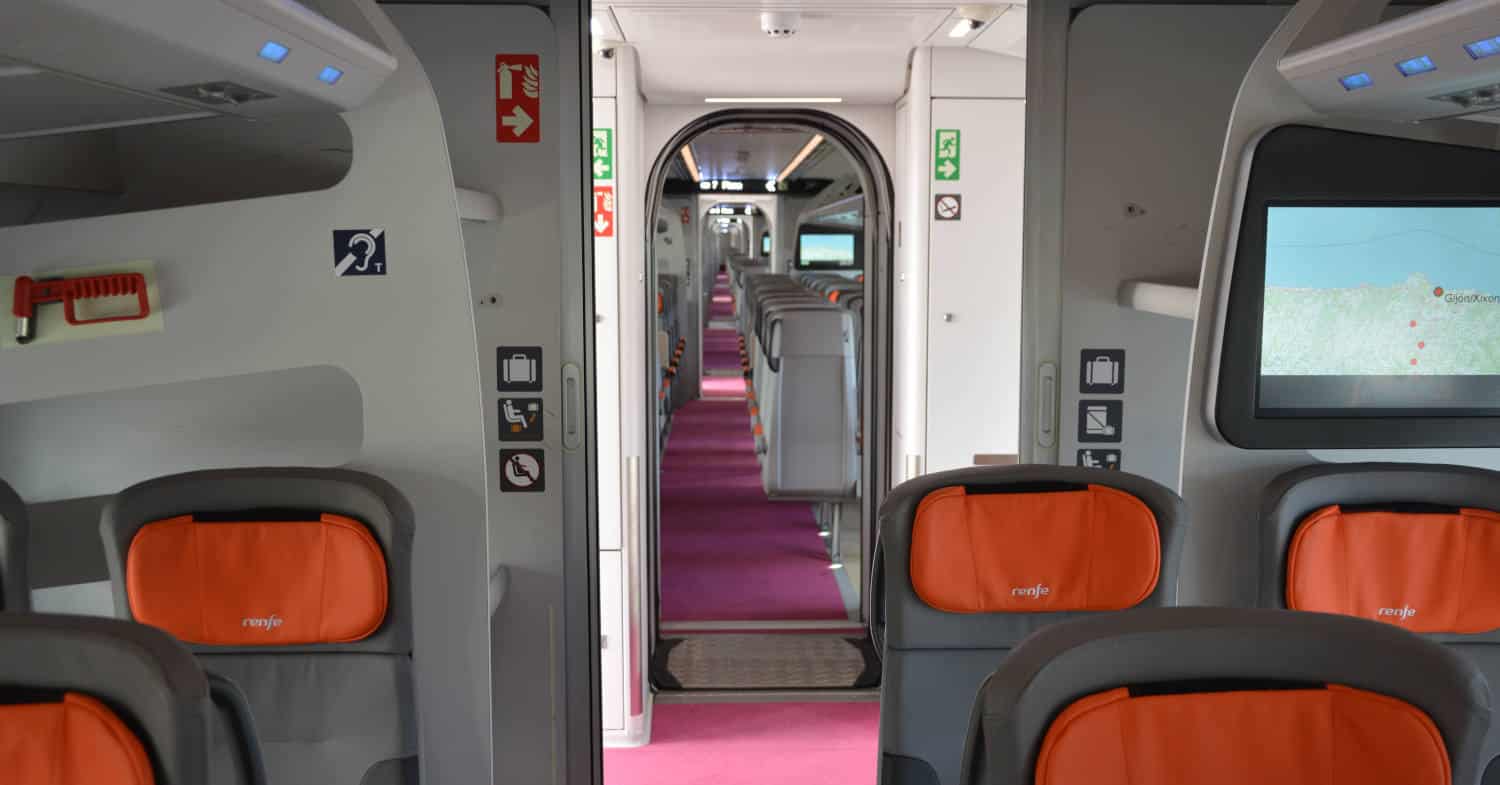The Spanish Union of Train Drivers and Railway Assistants (SEMAF) has publicly denounced the obstacles imposed by Adif to allow the testing of the improvements made to the 106 series trains, the Talgo Avril.
A working group, set up at the union’s behest and involving SEMAF itself, Renfe’s Technical Directorate of Rolling Stock, Talgo, and the management departments, has promoted these improvements. All parties are working together on measures to improve the software’s comfort and operation.
According to the union, the infrastructure manager does not authorise dynamic tests, and the blockage has lasted more than eight months. As a result, improvements designed to reduce noise and vibrations cannot be tested and adjusted.
Blocked testing delays the implementation of improvements
In their communiqué, the train drivers’ representatives claim that Adif is hiding behind bureaucratic formalities. This is incomprehensible, and they compare it to the obstacles that SNCF Rèseau puts in the way of Avril’s homologation in France.
The start of the tests is only a preliminary step to implementing the improvements. Because the cars are at the axle weight limit, fitting acoustic insulation is impossible, so the stiffness of the silent blocks and the suspension have been modified.
However, to test the effectiveness of these modifications, it is necessary to go out on the track, make further improvements, and then test them again. Once all the adjustments have been made, the changes will have to be approved, and only then will it be possible to implement them on all trains.
Therefore, the speed with which Adif authorises train movements will be the key to passengers beginning to enjoy greater comfort on the 106 series trains.
Software improvements are paying off
SEMAF indicates that the software improvements that have already been implemented have significantly reduced the number of minutes of delay due to technical incidents. Specifically, it has gone from 2,479 minutes in July 2024 to 538 minutes in January 2025.
Specifically, the following have been carried out:
- Upgrades to the main power supply chain: battery chargers, pantograph grounding, energy meters, etc.
- Braking improvements in low grip conditions at low speed.
- Improvements in bus communications to address failures in moving buffers.
- Reduction of reflections on the front window of the driver’s cab.
In addition, the following tested changes are being implemented, although further refinements are being worked on:
- TCMS software upgrade to improve reliability and diagnostics.
- Improvement of the traction chain.
- Improved energy uptake.
- Software upgrade of traction converters to improve anti-slipping and avoid runaway.
- Exterior door software update.
- Improved communications.
- Updating of the Drivers’ Manual.
In addition to this, the working group continues to design other improvements that have not yet been tested:
- Software upgrade of traction converters to improve slipping.
- Addressing rolling instabilities.
- Improvements in comfort, interior design and in-flight entertainment systems.
- Cab air-conditioning control.
- Tests in multiple unit configurations.
Call for cooperation
The union concludes by reiterating its commitment to improving the S106 and calling on Adif to stop being an obstacle and join in the collaboration, which is essential to improving the passenger experience.
